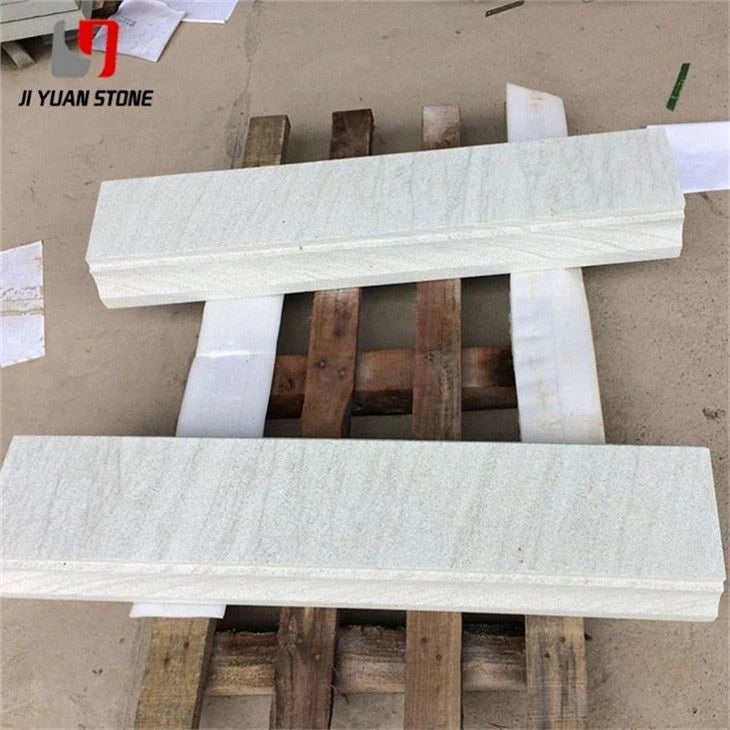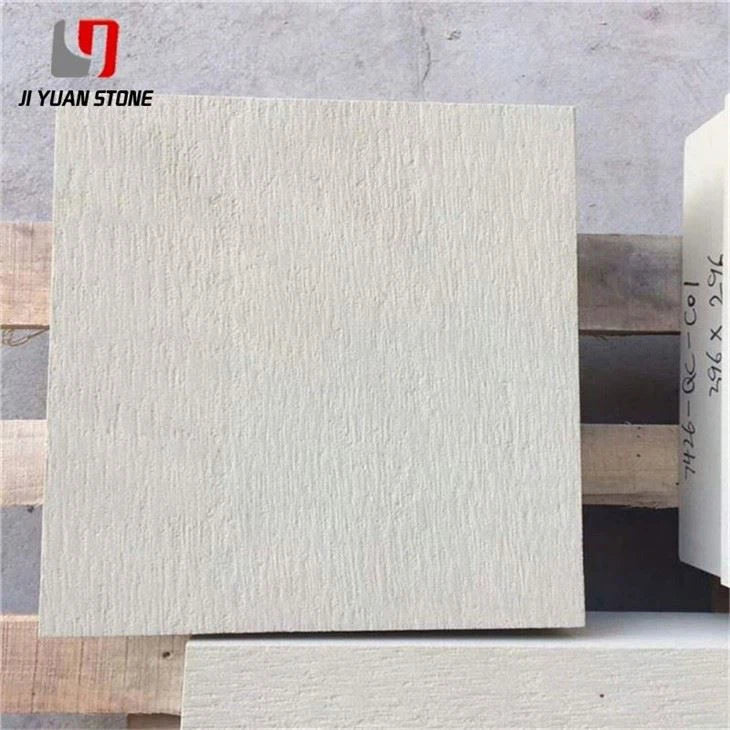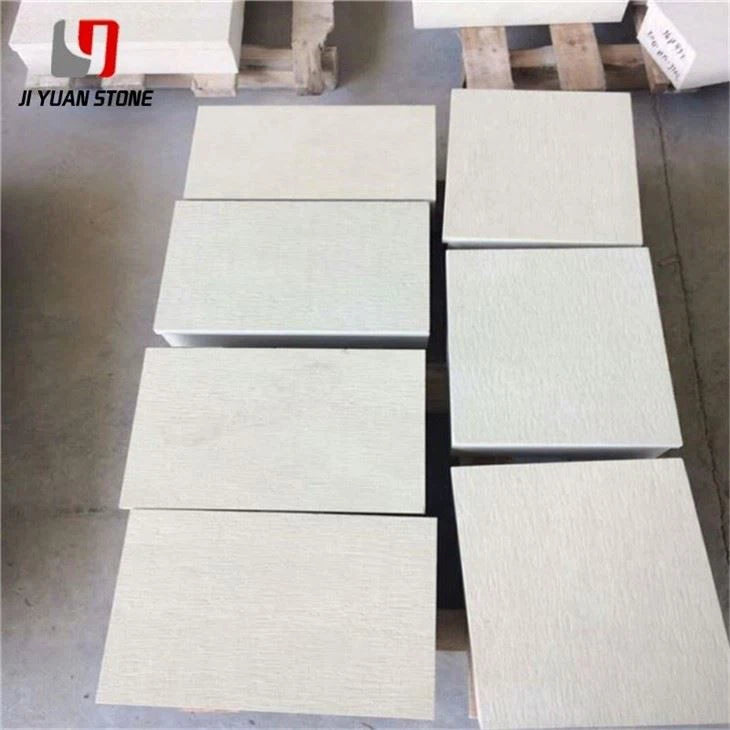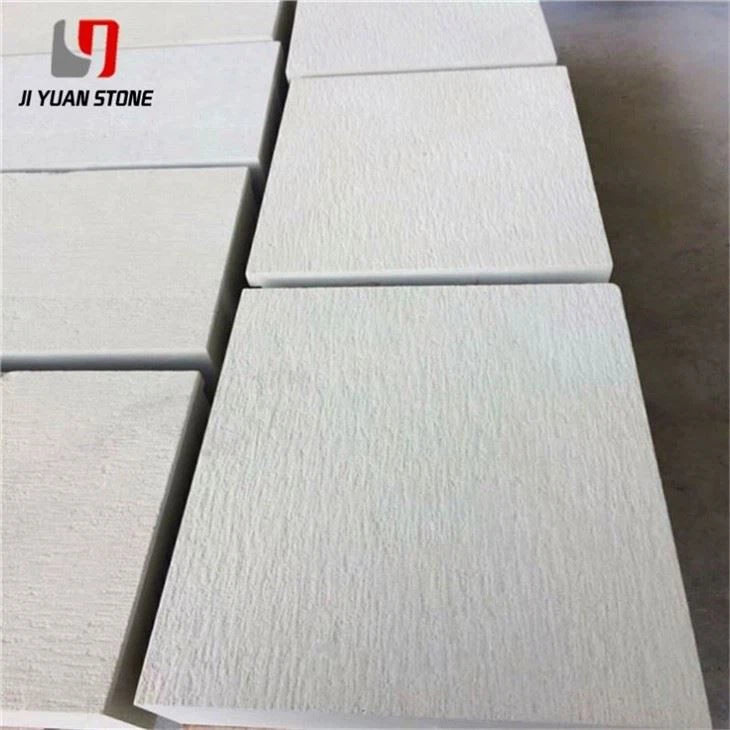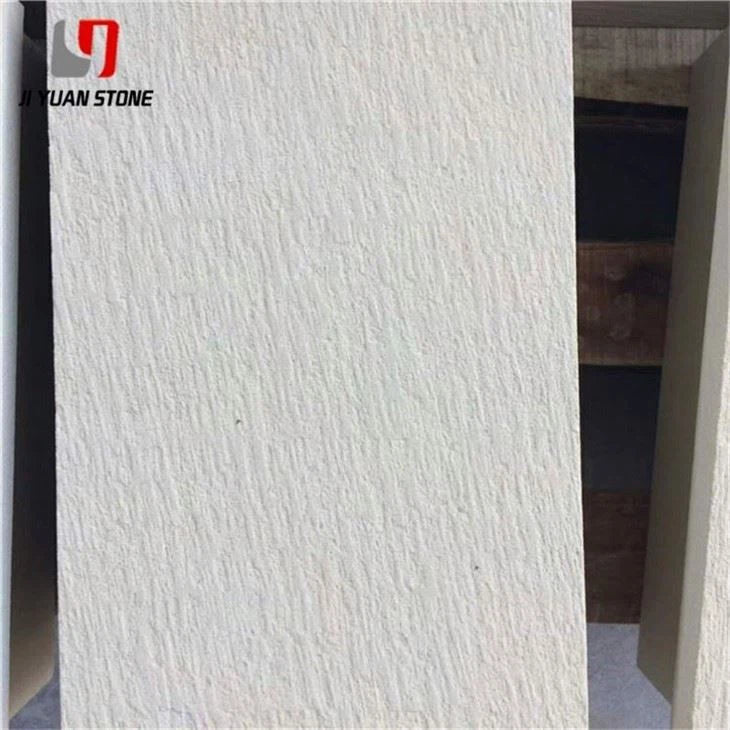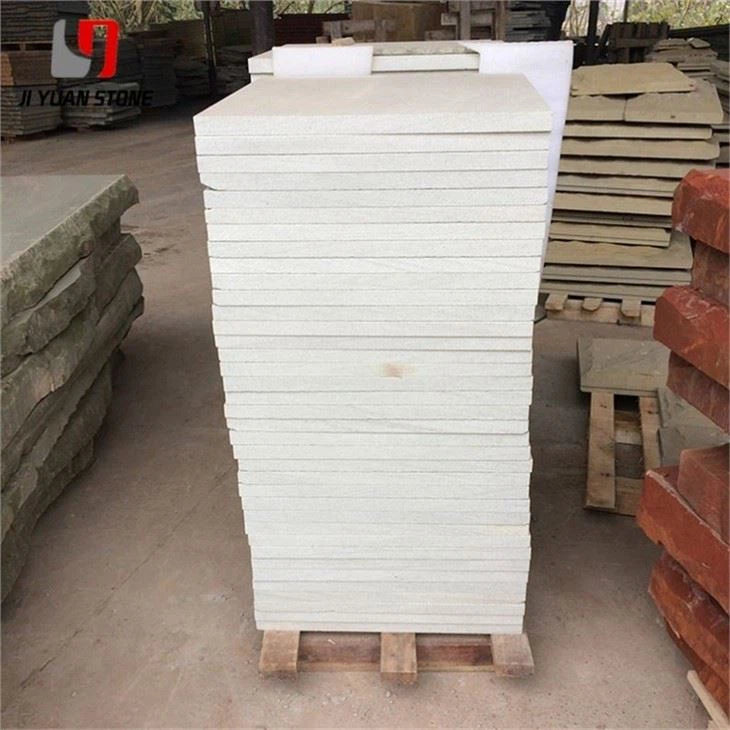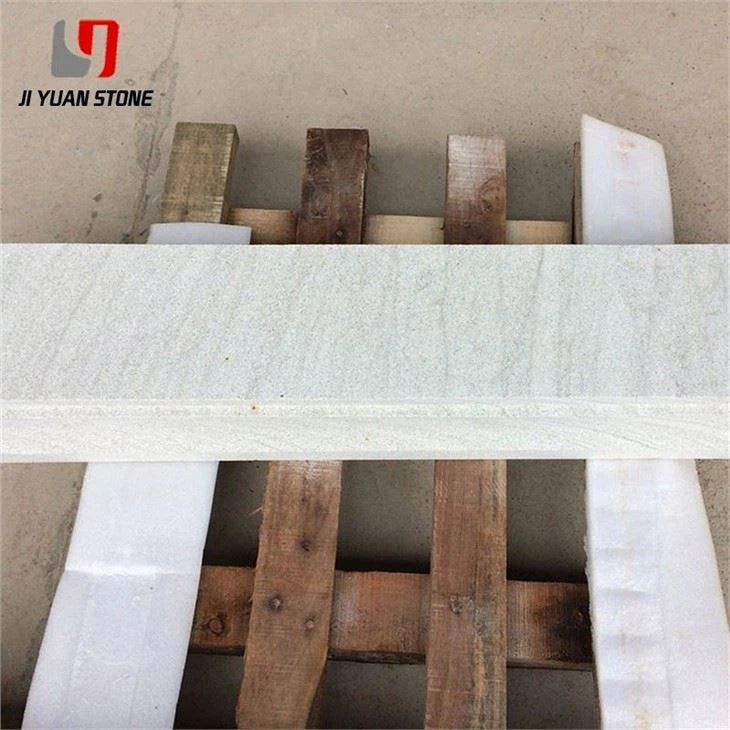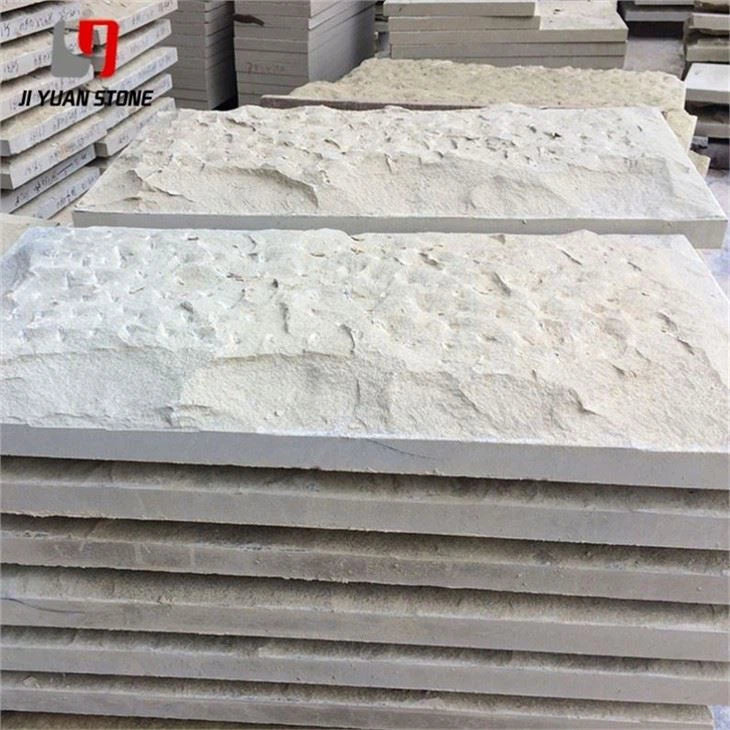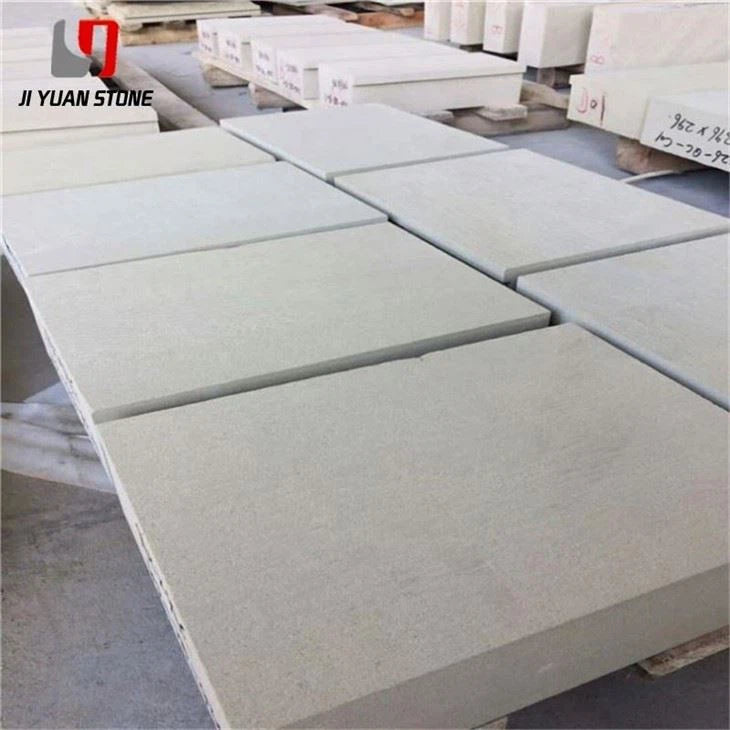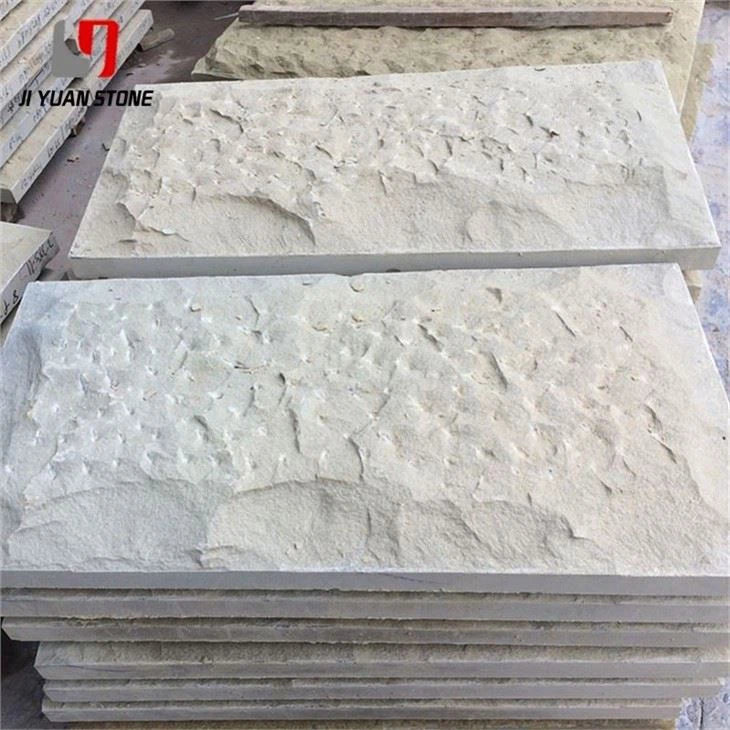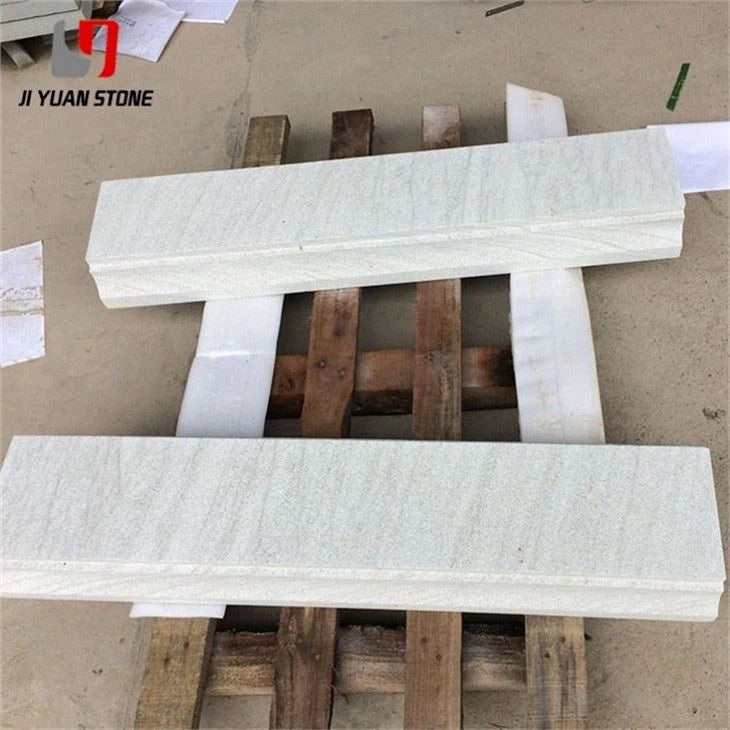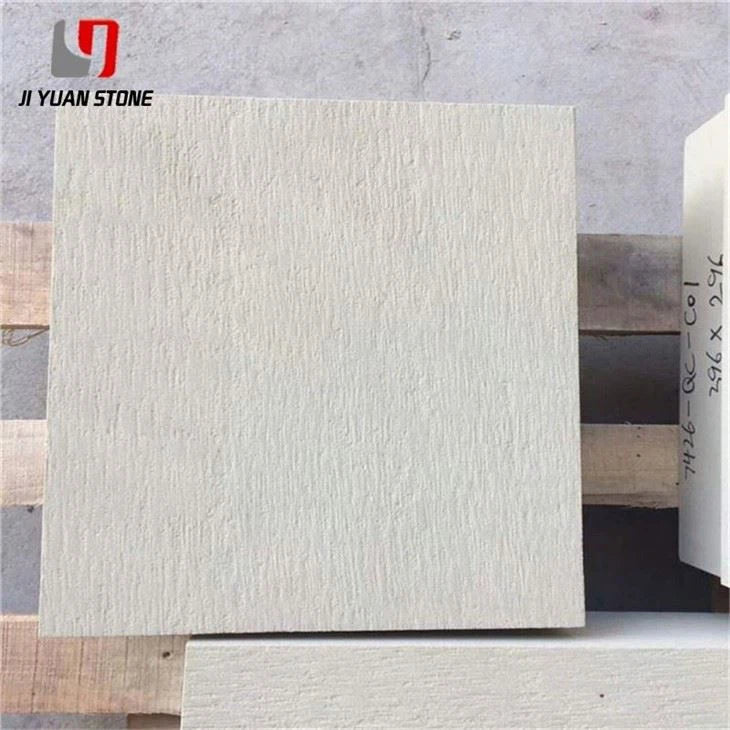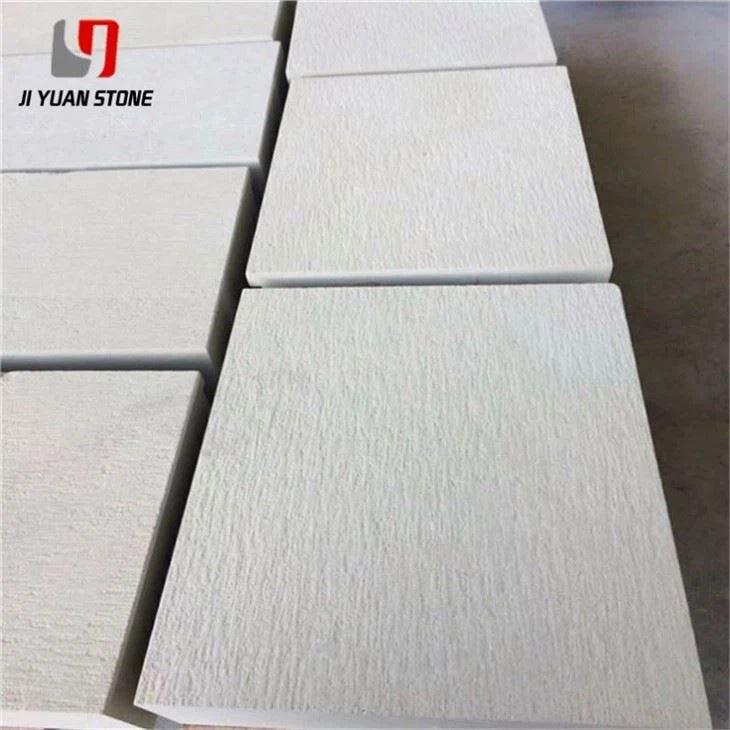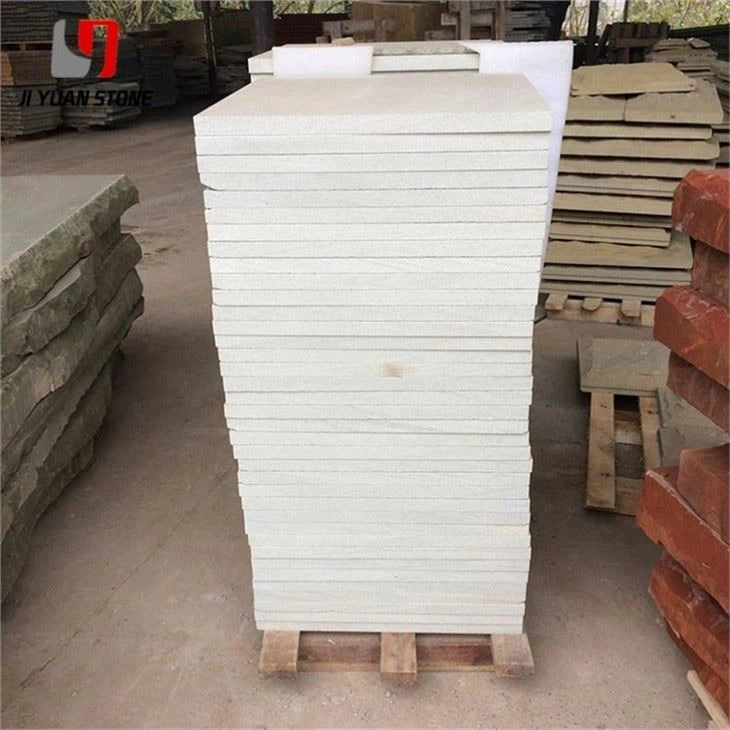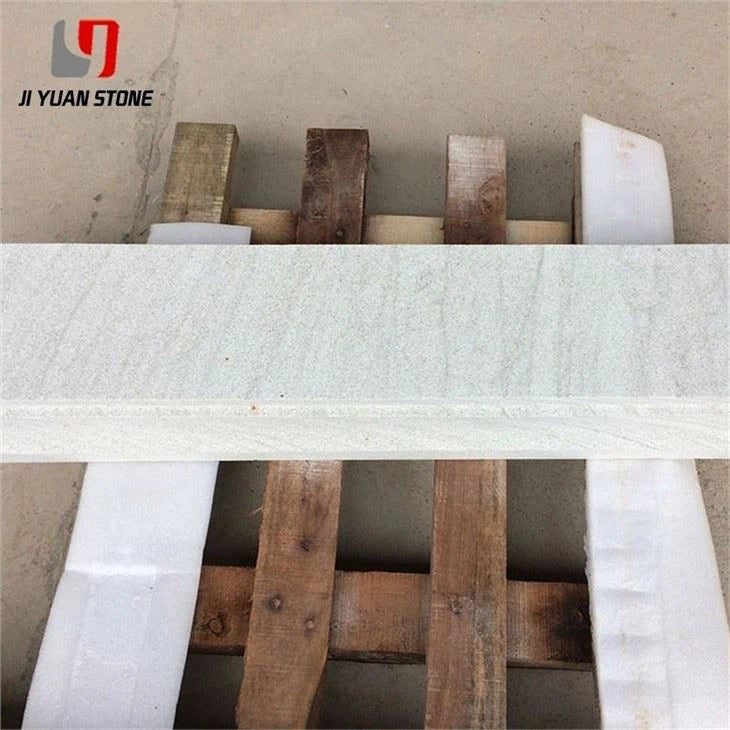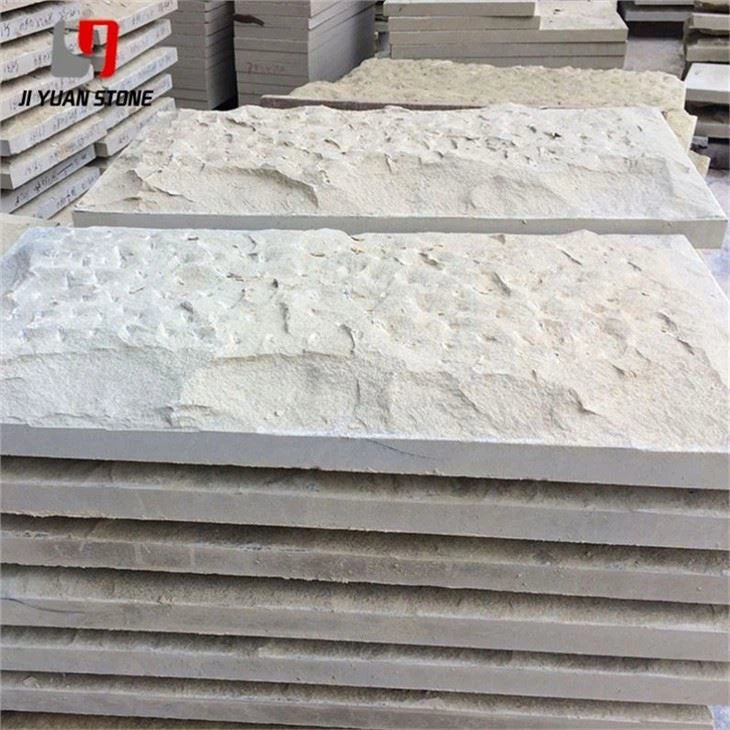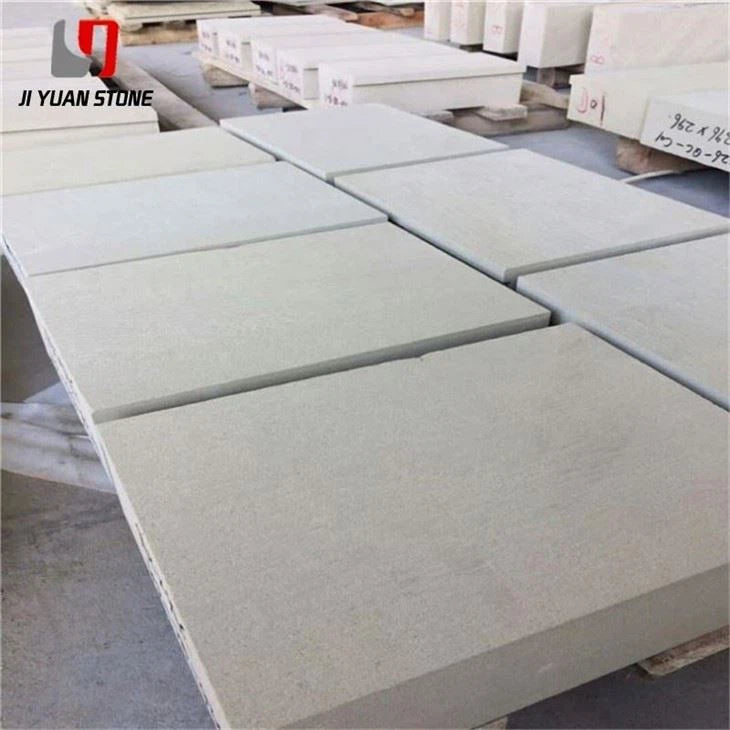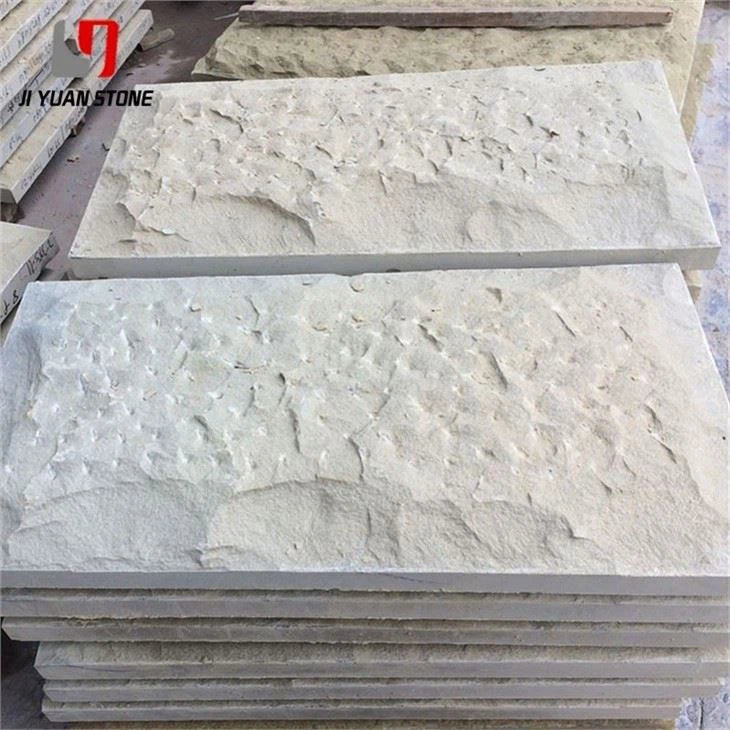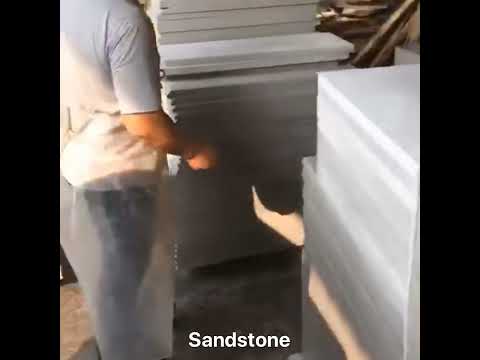Cream Sandstone
Cream Sandstone
Cream Sandstone is a natural stone with a warm cream color. It offers a luxurious and elegant look to any space. With its durability and low maintenance, it is perfect for both interior and exterior use. Made from 100% natural materials, it adds a touch of sophistication to any design.
| Feature | Details |
|---|---|
| Materia | Natural Sandstone |
| Surface Finished | Honed,Flamed,Bush-hammered,Brushed,Nature,Mushroom,Sawn etc |
| Finished Products | Floor tiles, Wall cladding, Countertops, Windowsills, Special-shaped tiles, Small slabs, Swimming pool, steps, wall panel, flooring, veneers, slabs, coping tiles, etc |
| Color | Yellow,black,white,red,purple wood,green,grey,rainbow etc |
| Size | Customized Pls contact us for the newest catalog of sandstone |
Quality Control:
We have a professional inspection team who will check the goods from block cutting ,finishing, packing and loading into the container,
If the surface is polished, then the degree will be 90 and up. Thickness tolerance: +/- 0.5, +/-1mm.
Each procedure will be double checked by 2 inspectors.
Clear product pictures will be sent by email to customers before shipment.
Natural Stone Types and Their Characteristics
Natural stone is classified into various types based on the factors influencing its formation. Among these, sandstone, marble, and granite are the most commonly used materials in construction today.
1. Cream Sandstone
Cream sandstone is a sedimentary rock known for its coarse and porous texture. When exposed to moisture, it may become loose and deformed. However, its unique concave and rough surface gives it a raw, natural aesthetic reminiscent of mountains and forests. Due to this distinctive texture, cream sandstone is widely used for wall decoration.
2. Marble
Marble is a carbonate metamorphic rock that originates from limestone. It forms when lime mud on the seabed undergoes gradual deposition and crystallization, later transforming under high pressure and temperature due to geological activity. This process enlarges the crystals, making the stone harder and more durable.
Marble’s texture varies due to the presence of impurities during its formation, creating striking, large-scale totem-like patterns resembling mountains and flowing water. With a general durability of around 150 years, marble remains a popular choice for both structural and decorative applications.
Share
